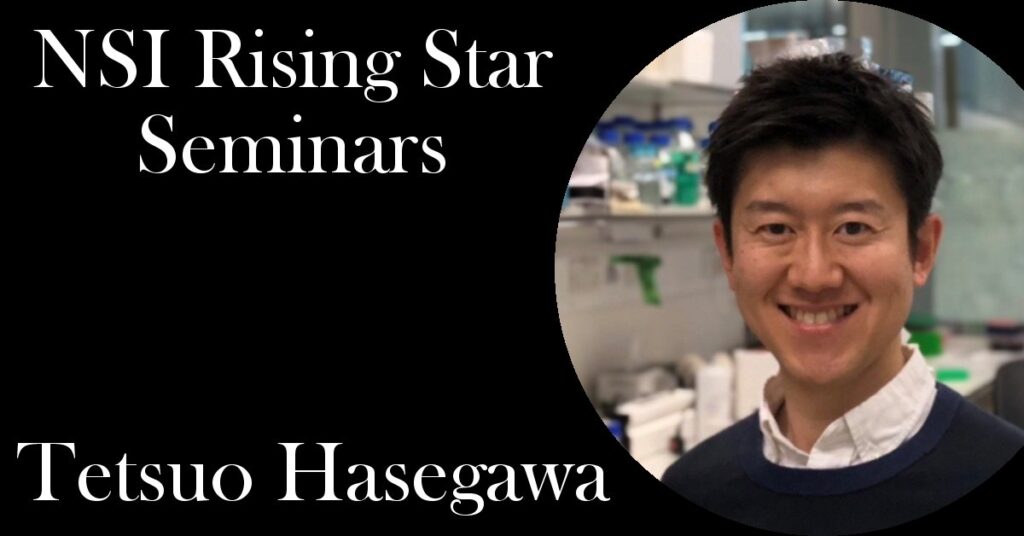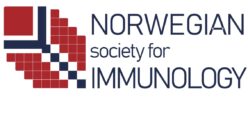
In our next NSI Rising Star Seminar, we will be hosting Tetsuo Hasegawa (PhD, group leader of Molecular Immunity, MRC Laboratory of Molecular Biology, University of Cambridge) with a talk on “3D imaging of the synovium defines an intricate immunological defence system at the blood-joint barrier”. Look forward to seeing you there!
Meeting details:
Speaker: Tetsuo Hasegawa
Title: 3D imaging of the synovium defines an intricate immunological defence system at the blood-joint barrier
Time and date: Thursday, May 15 at 14:00
Meeting link: https://uio.zoom.us/j/64508414976
Talk abstract:
Joint pain or inflammation is a common and early feature of a variety of systemic diseases. These include autoimmune diseases, such as systemic lupus erythematosus (SLE), as well as infection in organs distant to the musculoskeletal system, including enteric or genitourinary infections, which manifest as reactive arthritis. However, why joints are highly responsive to systemic inflammation and where in the joint the inflammation starts are still unknown. We sought to address these questions by developing a whole mount imaging system of the membrane that covers the joint cavity, called synovium, to profile the vascular, neuronal and immune microarchitecture. This revealed that highly permeable capillaries were specifically located at the lining-sublining interface, in the periphery of the synovium, enabling entry of circulating stimuli into the joint. This area of vulnerability was occupied by three subsets of macrophages that demonstrated distinct responses to systemic immune complex challenge and reciprocally interacted with nociceptor neurons, forming a blood-joint barrier (BJB) to defend joint tissue.
More information about Tetsuo Hasegawa:
Dr. Hasegawa is an academic rheumatologist and received his medical degree from Keio University, Japan, in 2011. He went on to complete a Ph.D in the laboratory of Prof. Masaru Ishii at Osaka University, where he identified the pathological osteoclast precursor macrophages and elucidated the mechanism of bone destruction in arthritis. He then began his postdoctoral fellowship in the laboratory of Prof. Menna Clatworthy at University of Cambridge through Human Frontier Science Program long-term fellowship. In 2024, He was awarded the Kennedy Trust Senior Research Fellowship to start his own group in University of Cambridge. His lab is generating a 3D molecular atlas of the membrane in the joint, called synovium, to investigate why joints are responsive to diverse systemic pathologies, how communication between synovial cells and nociceptors influences disease progression, and what mechanisms underlie immune-driven pain in the joints.
Google scholar: https://scholar.google.com/citations?user=R0cIJygAAAAJ&hl=en
Key papers:
1. Macrophages and nociceptor neurons form a sentinel unit around fenestrated capillaries to defend the synovium from circulating immune challenge
2. Identification of a novel arthritis-associated osteoclast precursor macrophage regulated by FoxM1
